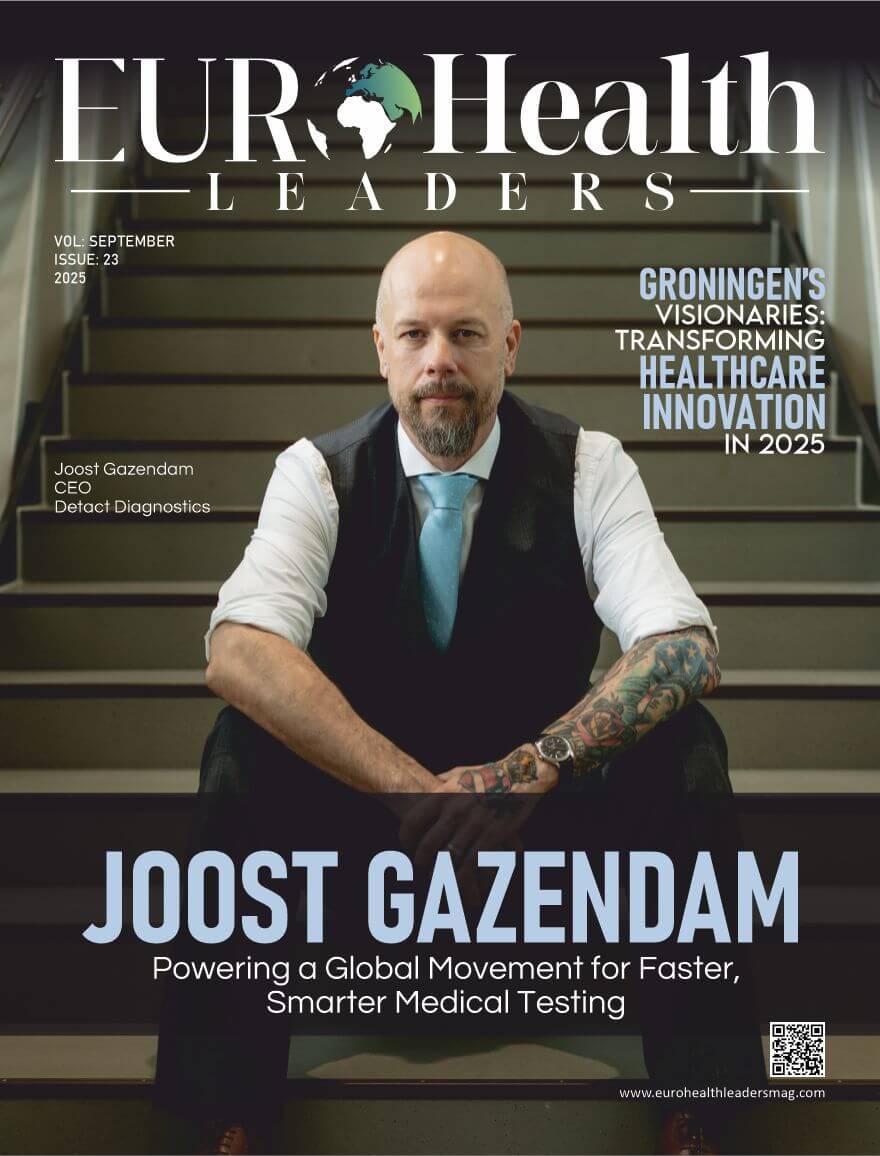Innovative Therapies
Cancer remains our time’s most frightening disease, taking the lives of millions of people around the globe. For decades, the traditional methods – surgery, chemotherapy, and radiation were the major weapons used by doctors. While helpful to many others, treatments were often brutal in their effects and, at times, reaped little. Nowadays, however, the future of cancer treatment is on the mend. With new treatments emerging from clinical trials, patients now have more cause than ever before.
Clinical trials make these breakthroughs possible. They take new ideas from the lab and test them with real patients under strict safety rules. Without trials, cancer treatment would not move forward. Understanding what they do helps us see how vital they are in battling the disease.
The Role of Clinical Trials
A clinical trial is a highly controlled experiment in which scientists test new drugs, devices, or treatments on human volunteers. A prospective treatment takes decades to be studied in the lab and in animal studies before it reaches this stage. Only the top candidates make it to human trials.
Steps follow experiments. In Step I, scientists measure safety and dosage in limited patients. Step II balances efficacy while continuing to measure safety. Step III is expanded study in hundreds or thousands of patients, comparing the new treatment against existing standard treatments. Lastly, Step IV is subsequent to FDA approval, monitoring long-term efficacy and side effects.
This process of vetting ensures that all breakthroughs we read and hear about have been thoroughly tested. While it takes decades for trials to be completed, they form the foundation for determining new treatments to be safe and effective.
Breakthroughs Born from Clinical Trials
Most of the most significant cancer care breakthroughs trace their beginnings to clinical trials.
-
Immunotherapy
Most exciting to have finally materialized is immunotherapy, a form of treatment that uses the patient’s own immune system to fight cancer. Immune checkpoint inhibitors are an example, having revolutionized the outlook for melanoma, lung and other treatment-resistant cancer patients. The treatments first dispensed out in trials, to patients with no recourse left having their disease stabilize or even recede. Immunotherapy is now standard treatment for most cancers.
-
Targeted Therapy
Another extreme approach is targeted therapy. Unlike chemotherapy’s blanket attack on rapidly reproducing cells, targeted treatments attack specific genetic mutations or proteins that spur cancer cell development. Clinical trials found these genetic “signatures” and tested treatments to attack them. For instance, patients with some kinds of breast cancer can now be treated with therapies explicitly blocking the HER2 protein with much better results.
-
CAR-T Cell Therapy
Yet another brain-numbing breakthrough is chimeric antigen receptor T-cell therapy, or CAR-T. In that, a patient’s T-cells are artificially produced in the lab to kill cancer cells. CAR-T treatments in blood cancers like leukemia and lymphoma produced breathtaking remission rates in patients who had exhausted all other options. While still in nascent stages and expensive, CAR-T is the kind of ruthless innovation nurtured by studies and trials.
Why Clinical Trials Matter to Patients
Clinical trial involvement is a glimmer of hope and a difficult decision for patients. While trials open doors to new medications not yet on the open market, new drugs sometimes do not pan out, and side effects are uncharted lands. But for cancer patients who have advanced disease, extra time or remission is a prospect.
But the majority of patients offer to volunteer because they wish to contribute to science and to future generations. All volunteers who participate in a trial, whether or not they are able to personally benefit themselves, assist in making medicine better.
The Future of Cancer Treatment
With ever-growing technology comes ever-growing clinical trials. Trials are now using “precision medicine,” tailoring treatment to the individual patient’s own distinct genetic makeup. Adaptive trials, which can change the direction of the study as early results are generated, are speeding up the progress of finding helpful treatments. Push from technology also comes, with machine learning helping to sort through mountains of patient data and discover new targets for drugs faster than ever.
The long-term goal is to have cancer as an manageable, and in most instances, curable disease. With ongoing innovation and enrolling patients into trials, we are progressively closer to realizing this.
Conclusion
Clinical trials never get the recognition they should, but they are a vehicle through which new cancer treatments become. They take laboratory ideas and turn them into realities for patients, like immunotherapy and CAR-T therapy. Without the patients stepping forward and the researchers working behind the scenes, it wouldn’t happen.
Cancer is still a stubborn foe, but what’s occurred over the last two or three years is evidence that research does save lives. There are increased numbers of trials running and more patients enrolled, and the future for cancer treatment improves and gets brighter day by day.










